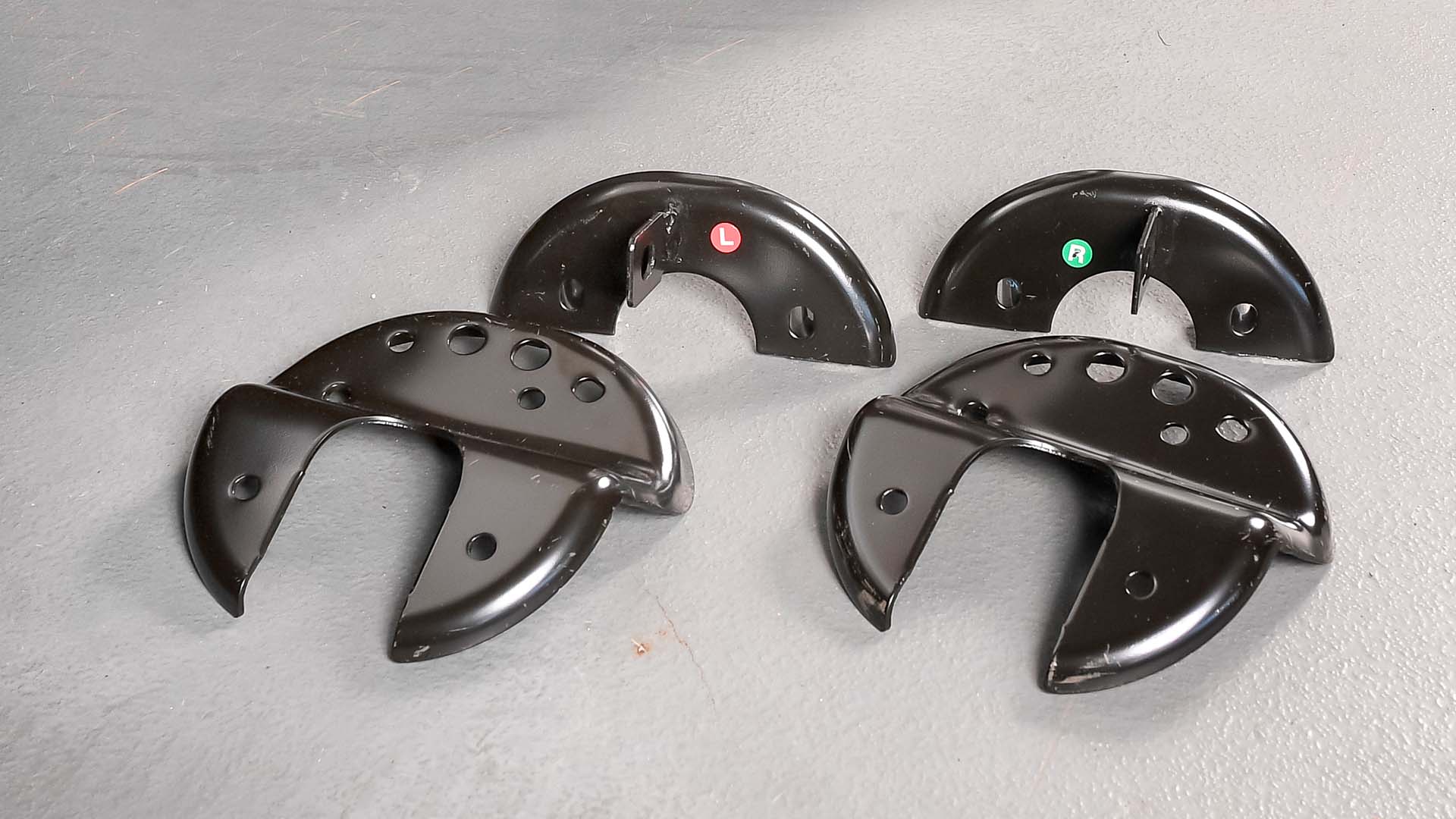Using your shop’s Cost of Doing Business (CODB) as a baseline for labor rates.

The Serviceability Hall Of Shame was born from all the times we’ve looked at a vehicle and realized some usually simple task was going to be nightmarish. It is, ultimately, a response and explanation of the inevitable question, “Good Lord, why?!” Today’s entrant isn’t a particularly difficult part to service, actually. It’s just a super-dumb “solution” (and I use that term very loosely) to a problem.
Working for a Ford dealership years ago, I remember a rash of recall work coming in relating to the front springs in Ford Taurus sedans and wagons within a fairly narrow range of model years (1999 to 2001). Evidently, when cars were operated in the Salt Belt, the springs were rusting out. In particular, the front springs could jump past the spring perch after breaking, and the resulting jagged end could (and did in many cases, sadly) bury itself into the sidewall of the tire, causing a rapid loss of air.
Yikes. This is what we in the biz referred to at that time as “real effin’ bad.” (It’s technical jargon.) If our customers were lucky, they suffered this broken spring and insult-to-injury flat tire in the comfort of their driveway. Not-so-lucky customers found out about this problem firsthand when under power, suddenly having to learn to navigate during a sudden tire blowout.
Now, a regular human being with more than about six firing neurons could identify the problem here (the rusty tire-poker springs) and generate a solution. Most solutions were obvious: Install new springs that weren’t so prone to rust and rapid failure, right?
Wrong.
Instead, Ford had service technicians install a service kit that shielded the tire from the spring should it break. It was a couple pieces of stamped sheet metal and the corresponding hardware. Now, this absolutely did prevent the blowouts. As you’ve likely guessed by now, however, this did absolutely nothing for the actual problem, which was springs rotting out in four or five years.

Oh, this… this is not what I expected. Photo by Mike Apice.
Pretty obviously, when we explained to customers what we did to “fix” the problem, they weren’t real happy.
So, Ford, come take your bow in the limelight (lemonlight?) that shines through The Hall and do better next time around, eh?
The articles and other content contained on this site may contain links to third party websites. By clicking them, you consent to Dorman’s Website Use Agreement.
Participation in this forum is subject to Dorman’s Website Terms & Conditions. Please read our Comment Policy before commenting.